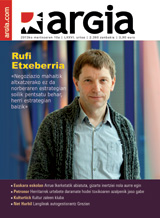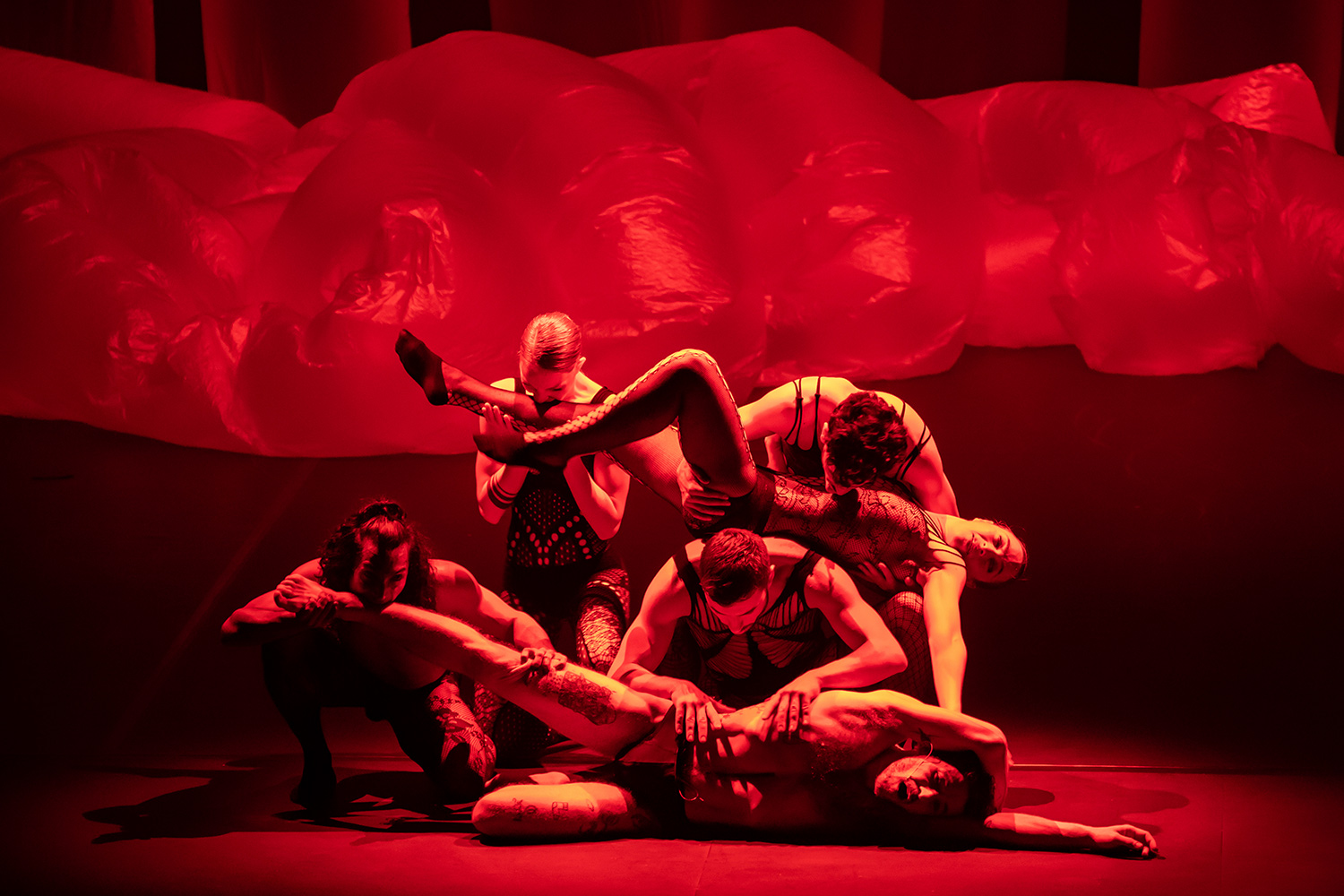Dance Breaks
If you've ever seen in a Zuberoa, Nafarroa or Lapurdi square old and young people dancing in a circle, one after the other, you know what the Dance Jumps are. They are nice, easy and people, and they have many different air, like the Azkaindarras, the Milafrangarras, the Hosteleros, the Muneinas, the Mutxikos... In them, listening to the elderly, women and men have always participated.
These dances of old tradition have been vigorously raised in the last 30 years, and there is no party without them. At the Baiona festivities, Dantzazpi is one of the most popular events of a Basque nature, mainly dedicated to the dance breaks that take place every afternoon. In other localities they are organized all year round, once a month.
However, as jumps have accelerated and spread, they have begun to be called mutxikoak, although, as in many other cultural activities, boys are increasingly acting less and girls more and more. The Mutxikoak is nothing more than a concrete air and, even today, most experts continue to use the Dance Jumps when it comes to naming the whole. I don't know who came up with giving a new name, but you may think you haven't found it. This cat has another tail in a village of northern neighbors.
In Baztan they are called "Mutildantzak," and they also have a different and varied air, as well as a Muxiko, as in Iparralde. And, unlike Iparralde, only the men of Baztan had the right to dance the dances of Mutilva, to the point that it is a kalapita when women dare. Not two years ago, at the Festivities of San Miguel de Elizondo, the wives, presided over by the mayor, entered the dance of mozos; instantly, some men left disgusted to defend the name and custom of dance. Something similar to the Alardes del Bidasoa.
From this fact we should learn that the terminology generated and fed in an environment of exclusion can be used to guarantee exclusion and that, even in the current linguistic social context, it can be dangerous to leave the term neutral dance jumps and prefer male Mutxikos. I do not quite understand why some Baztans are trying to preserve an old superfluous custom, and even less understand why in Iparralde they turn their backs on the nice name of their tradition. n
Azaroan estreinatu zuen bere lehenengo lana Nagore Tamayo dantzariak (Tolosa, 2000): Nondik abiatu inora izena du, eta Natalia Belén dantzariarekin batera gorpuztu du. Bere herrian egin dugu hitzordua, Zumardi Handian.
Festa egiteko musika eta kontzertu eskaintza ez ezik, erakusketak, hitzaldiak, zine eta antzerki ikuskizunak eta zientoka ekintza kultural antolatu dituzte eragile ugarik Martxoaren 8aren bueltarako. Artikulu honetan, bilduma moduan, zokorrak gisa miatuko ditugu Euskal Herriko... [+]
The idea that we in the dance world often repeat is that dance is ephemeral. The Elhuyar dictionary gives as a counterpart to "ephemeral" English: ephemeral, destructive, perishable, ephemeral, ephemeral, perishable, perishable, ilaun. I don't remember who I first read that idea... [+]
Moor Krad
By: Ertza company.
When: 3 October.
Where: In the Muxikebarri room of Getxo.
---------------------------------------------
Two years later I met the work Moor Krad, in which members of the company Ertza created and premiered the piece. So in 2022, I tried to... [+]























